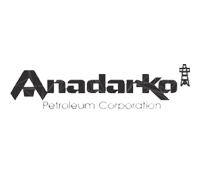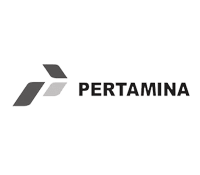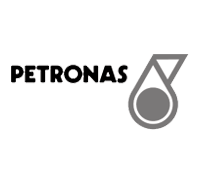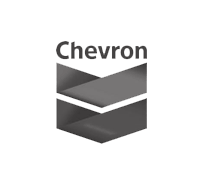Oil & Gas Case Studies
Algeria, Berkine Basin
Structural trap: Delineating oil reservoirs
Arctic North America
Permafrost – Arctic North America
Bolivia, Sub-Andean Thrust Belt
Structural highs: Detecting potential charge
Creating a 3-D Hydrocarbon Profile in Shale Plays
AGI’s ultrasensitive direct hydrocarbon detection surface survey technology provides a horizontal assessment of a play.
Custer/Roger Mills Counties, Oklahoma, USA
Thirty wells drilled in conjunction with the information provided by the AGI Survey. Client’s net sand thickness isopach based on wells drilled post-survey closely matches the AGI Survey result.
Development – Lithuania
The survey area is located in the Baltic Syneclise petroleum province, Lithuania. Target was an on-shore marine Cambrian sandstone. Producing horizon is about 2,000 meters deep. Reservoir traps are a result of Caledonian tectonism. Goal of the survey was to determine the field limits and identify reservoir sweet spots.
Development and Prospectivity Assessment: United Arab Emirates
The survey is located about 155 km SSW of Abu Dhabi city in the south central United Arab Emirates. The goal of the survey was to demonstrate the ability to image the existing field and to assess hydrocarbon prospectivity over several unidentified leads located somewhere along a narrow fairway.
Downhole Geochemical Logging: An Eagle Ford Case Study
The survey took place in the Eagle Ford field in the Maverixk Basin of Dimmit County, Texas, near the Rio Grande River border. Downhole Geochemical Logging (DGL) analyzed downhole cutting samples to directly characterize the composition of hydrocarbons through prospective section and is 1,000 times more sensitive than traditional methods.
Dry Gas Exploration – Romania
ROMGAZ, the national gas company of Romania, and AGI conducted a survey on two exploration prospects in Romania. The primary goal was to reduce exploration risk and increase chances of finding natural gas. The natural gas in these prospects was known to be “dry”, greater than 99% methane by volume, and provided a unique challenge for the survey.
Egypt, Onshore
AGI Survey was able to detect hydrocarbon microseepage through thick salt sequences. The next well drilled on AGI Survey data (FH85-8) produced 800 bopd; the highest production rate in the region.
Frontier – Chile
No geological information was available at the time of the survey. The potential for encountering hydrocarbon-bearing zones was unknown. The main objective of the survey was to locate and evaluate the potential of finding hydrocarbons indicative of deeper fossil fuel deposits, and therefore, focus further exploration efforts.
Frontier Exploration: A Kenya Study
This case study took place in southern Kenya near the Tanzanian border. The AGI data identified two potential petroleum systems separated into distinct sub-basins on each side of a structural high running through the prospect.
Multi-Layer Gas Exploration – Texas
A surface geochemical survey was conducted on a natural gas exploration prospect in Texas, USA. The exploration target was a structure, defined by seismic data and located at depths of 3,300 meters, thought to contain Wilcox gas. Producing oil and gas wells exist in the area along a major upthrown growth fault. Overlying the target structure were shallow oil and gas producing zones.
Red River Country, Texas, USA
Survey results correctly redefined field trend – Pre-survey geologic and seismic interpretation indicated the trend of deposition to be in a NW to SE direction. The AGI Survey indicated the trend was NE to SW, which was confirmed by drilling.





















